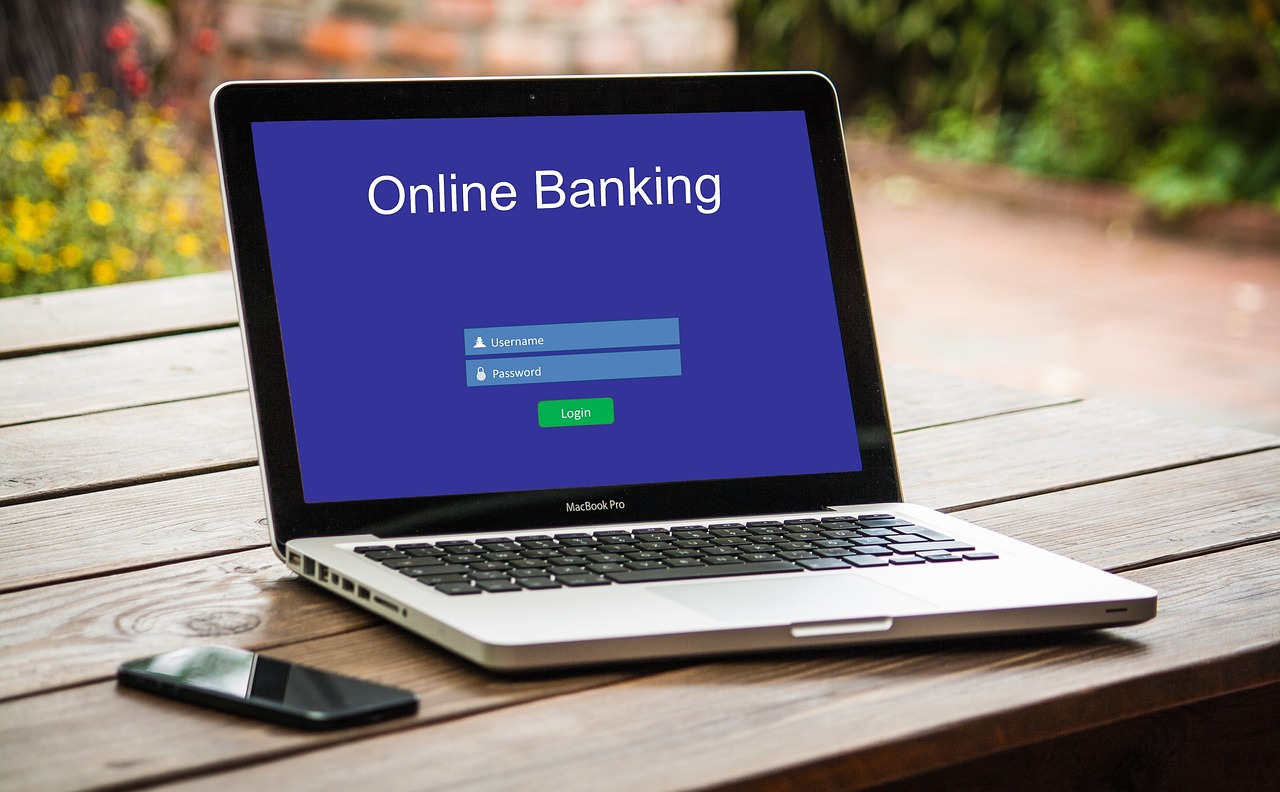Step-by-Step Guide to Opening a Bank Account
Step 1: Choose the Right Bank and Account Type
Before opening a bank account, you need to decide which bank and account type suits your needs. The most common types of accounts include:
-
Checking Account: Ideal for daily transactions, including deposits, withdrawals, and bill payments.
-
Savings Account: Used to save money and earn interest over time.
-
Business Bank Account: Required for managing company finances separately from personal funds.
Some popular banks in the U.S. include:
-
Bank of America: Offers checking and savings accounts with online banking features.
-
Chase Bank: Provides various account options, including business accounts and instant online account setup.
-
Online-Only Banks: Such as Chime or Ally Bank, which offer competitive rates and minimal fees.
Step 2: Gather the Required Documents
Most banks require specific documents before you can open a bank account. These typically include:
-
A valid government-issued ID (driver’s license, passport, or state ID).
-
Social Security Number (SSN) or Individual Taxpayer Identification Number (ITIN).
-
Proof of address (utility bill, lease agreement, or bank statement).
-
Initial deposit (if required by the bank).
-
Business documentation (for business bank accounts, including EIN and business registration).
Step 3: Apply Online or In-Person
You can either visit a local bank branch or open a bank account online. Many banks allow customers to complete the entire process online in minutes.
-
Online Application: Visit the bank’s website, complete the online form, upload documents, and submit your application.
-
In-Person Application: Visit a branch, provide your documents, and a representative will assist with the process.
Step 4: Fund Your Account
Once approved, you’ll need to deposit funds into your new account. Banks offer several ways to do this:
-
Transfer funds from another account.
-
Deposit cash or checks at an ATM or bank branch.
-
Set up direct deposit from your employer.
Step 5: Set Up Online and Mobile Banking
Most banks offer digital banking services to help you manage your account efficiently. Once your account is active, consider:
-
Enabling mobile banking for easy access.
-
Setting up automatic bill payments.
-
Ordering a debit card for transactions.
Comparison of Online Account Opening Services
| Bank Name | Online Account Opening | Minimum Deposit | Notable Features |
|---|---|---|---|
| Bank of America | Yes | $25 | Extensive branch network |
| Chase Bank | Yes | $0-$25 | Business and personal accounts available |
| Wells Fargo | Yes | $25 | Offers both checking and savings accounts |
| Chime | Yes | $0 | No overdraft fees, mobile-first banking |
| Ally Bank | Yes | $0 | High-interest savings accounts |
Source: Bank official websites (2024)
Frequently Asked Questions
Can I open a bank account online for free?
Yes, many banks offer the ability to open a bank account online free of charge. Some online-only banks do not require an initial deposit. Many financial institutions aim to attract customers by providing fee-free options, especially digital banks that operate without physical branches.
What are the requirements for opening a bank account online?
Requirements vary by bank, but typically include a government-issued ID, Social Security Number (SSN) or ITIN, proof of address, and an initial deposit if required. Some banks may also ask for employment details or income verification, depending on the type of account you open.
How long does it take to open a bank account?
If applying online, some banks offer instant approval, while others may take a few business days for verification. Online banks often provide a quick and seamless application process, while traditional banks may require additional time to process applications, especially for business accounts.
Can I open a business bank account online?
Yes, most major banks, including Chase and Bank of America, allow businesses to open accounts online. You’ll need your Employer Identification Number (EIN) and business registration documents. Additional documents such as articles of incorporation or an operating agreement may be required, depending on the structure of your business.
Are there any fees for maintaining a bank account?
Some banks charge monthly maintenance fees, but these can often be waived by maintaining a minimum balance, setting up direct deposit, or meeting other requirements. Online banks typically offer fee-free accounts with minimal restrictions.
What if I don’t have a Social Security Number?
If you are a non-U.S. citizen, some banks allow you to open an account using an Individual Taxpayer Identification Number (ITIN) instead of an SSN. You may also need to provide additional documentation such as a visa or residency permit.
What to Expect After Opening Your Account
After successfully opening your bank account, there are a few steps you should take to ensure smooth banking operations:
-
Activate Your Debit Card
-
Follow the bank’s instructions to activate your card, either online, through a mobile app, or via an ATM.
-
-
Set Up Direct Deposit
-
If you receive a paycheck, provide your employer with your new bank account details to enable direct deposit.
-
-
Monitor Your Transactions
-
Regularly check your account balance and transactions through online banking to avoid unauthorized charges and overdraft fees.
-
-
Understand Fees and Limits
-
Be aware of any monthly maintenance fees, ATM withdrawal limits, and transaction charges associated with your account.
-
-
Build Your Banking History
-
Maintaining a good banking record, such as avoiding overdrafts and keeping a positive balance, can help you qualify for additional financial services like loans and credit cards.
-
-
Explore Additional Banking Services
-
Once your account is established, consider setting up savings accounts, investment options, or credit-building products to maximize your financial growth.
-
Opening a bank account in the U.S. is a straightforward process, whether you choose to do it online or in person. By understanding the requirements and steps involved, you can select the best bank for your needs and start managing your finances efficiently.

